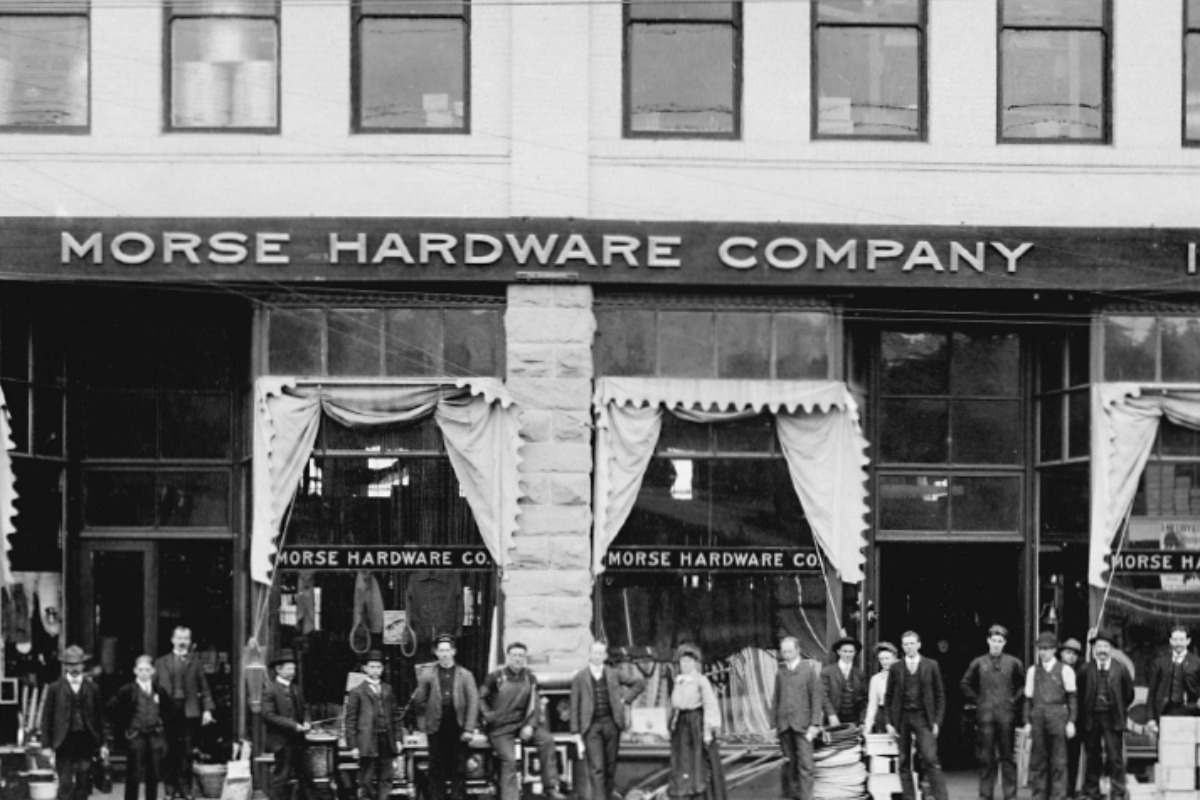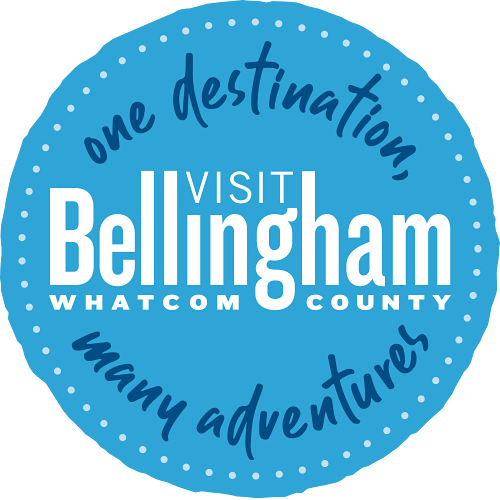History Activities
Bellingham, Washington and the land surrounding the city are steeped in rich history. For thousands of years, the first residents of what is today known as Bellingham and Whatcom County were North Coast Indians, comprising the Lummi, Nooksack, Samish, and Semiahmoo tribes. Visitors will notice that this has influenced the naming of many locations that still remain today. The word "Whatcom" is derived from Lummi Indians and means "noisy, rumbling water," inspiring Whatcom Falls Park and the name for this area's first permanent town, which was simply called Whatcom.
Since the late 1800s, Bellingham has seen many industries - coal mines, lumber mills, shipyards, and fish canneries - come and go from this gem of a city along Bellingham Bay. For a deeper dive into the history of this entire area, explore the museums, historical locations, and activities listed below.

From museums in downtown Bellingham to historic locations like Peace Arch State Park in Blaine, there are many ways to keep history enthusiasts well entertained!
Activities steeped in history also include taking a guided tour, seeing a show at a historic theater, spending time at Smithsonian level establishments, and sailing on a 100-year-old vessel.
Visit a Museum

Typically runs Memorial Day through Labor Day
Built in 1944, this historic 32-foot vessel is the oldest foot passenger ferry in Washington State and is listed on the National Register of Historic Places. It was built to carry cannery workers back and forth across the channel between Blaine and the former Alaska Packers Association salmon cannery on Semiahmoo Spit.
Today it essentially follows the same path, taking passengers between Blaine Harbor and Semiahmoo Resort. En route, the crew provides commentary on the Plover’s restoration and the many diverse sights along the short crossing, which includes British Columbia's Coast Mountains, seals, eagles, and herons.
Take a Tour
Visit popular neighborhoods in Bellingham and learn about local history all at the same time!
These self guided walking tours are free, easy to use, available on your mobile device, and offer insights into historic districts (Downtown Bellingham, Historic Fairhaven, and Sehome).
Explore the passes here.
Learn about Bellingham’s colorful history with costumed guides from The Good Time Girls! Tours are offered at various locations in Bellingham and focus on different themes. Both informative and fun, these tours aim to get you thinking about the past, how it has shaped the present, and what it can teach us going forward.
Main public tour season generally runs from May through October. They are available for private tours and special events year-round.
- Location: 23 Bellwether Way, along the Squalicum Harbor Promenade
- Location: Whatcom Falls Park
- Location: Various locations in Downtown Bellingham
The Indigeversal Collective and Boardmill Mural
- Location: Waypoint Park and Portal Container Village
Bellingham Ghost Tours provides paranormal education focused around Whatcom County and beyond. From walking tours with spooky historical themes in downtown Bellingham and Fairhaven Village to investigation events.
Historic Locations
Immersive Experiences
Join San Juan Cruises and the Whatcom Museum for summer History Sunset Cruises! Sailing every Tuesday, July 8 – August 26, learn local history, lore, and trivia as you cruise around Bellingham Bay.
Interested in researching Whatcom County history? Our area is lucky to have a public resource at the Whatcom Museum’s Photo Archives.
They offer a database of photographic and archival collections that are open for searching using names or keywords. Local history books, city directories, maps, and reference materials are also available.
Public Open Hours: Wednesday – Friday, 1 p.m. – 5 p.m.
Location: 201 Prospect St. in downtown Bellingham
[Photo Courtesy of Whatcom Museum Photo Archives. Image: the S.S. Princess Sophia docked in Downtown Bellingham.]
The Old Whatcom County Courthouse is the oldest brick building in the state and has now been restored as the museum honoring prolific Pacific Northwest artist Helen Loggie. The newly curated museum features her etchings, oils, and pastels.
Currently only open by reservation.
Location: 1308 E. St. in downtown Bellingham
Dedicated in 1919, Memorial Park is the second oldest park in Bellingham.
Surrounded by trees, which burst full of color during the fall, the main feature of the park is a monument dedicated to Whatcom County’s fallen soldiers.
Location: the corner of King and E. Maryland St. behind Sunnyland Elementary School
In the late 20th century, a local newspaper publisher received a grant to install historical stones throughout Fairhaven Village, one of Bellingham’s most storied neighborhoods.
Today, the markers capture Fairhaven’s notorious past.
Interesting stories are everywhere. "Good Time Girls" Kolby and Wren live this mantra and share their knowledge on the streets around Bellingham as the co-owners of Bellinghistory walking tours.
Their podcast expands on the stories covered in their in-person tours. Expect to be entertained through wide-ranging episodes, including interviews with local ghost hunters and historical tales about sanitariums.
We are curating different themed experiences that serve as a free guide to discover everything Whatcom County has to offer.
Ignite your imagination while touring museums and admiring murals, eat at farm to table restaurants, explore different waterfront destinations, shop at local businesses, plus so much more!
Check in at participating locations to earn points for locally inspired prizes.
More to Explore








































